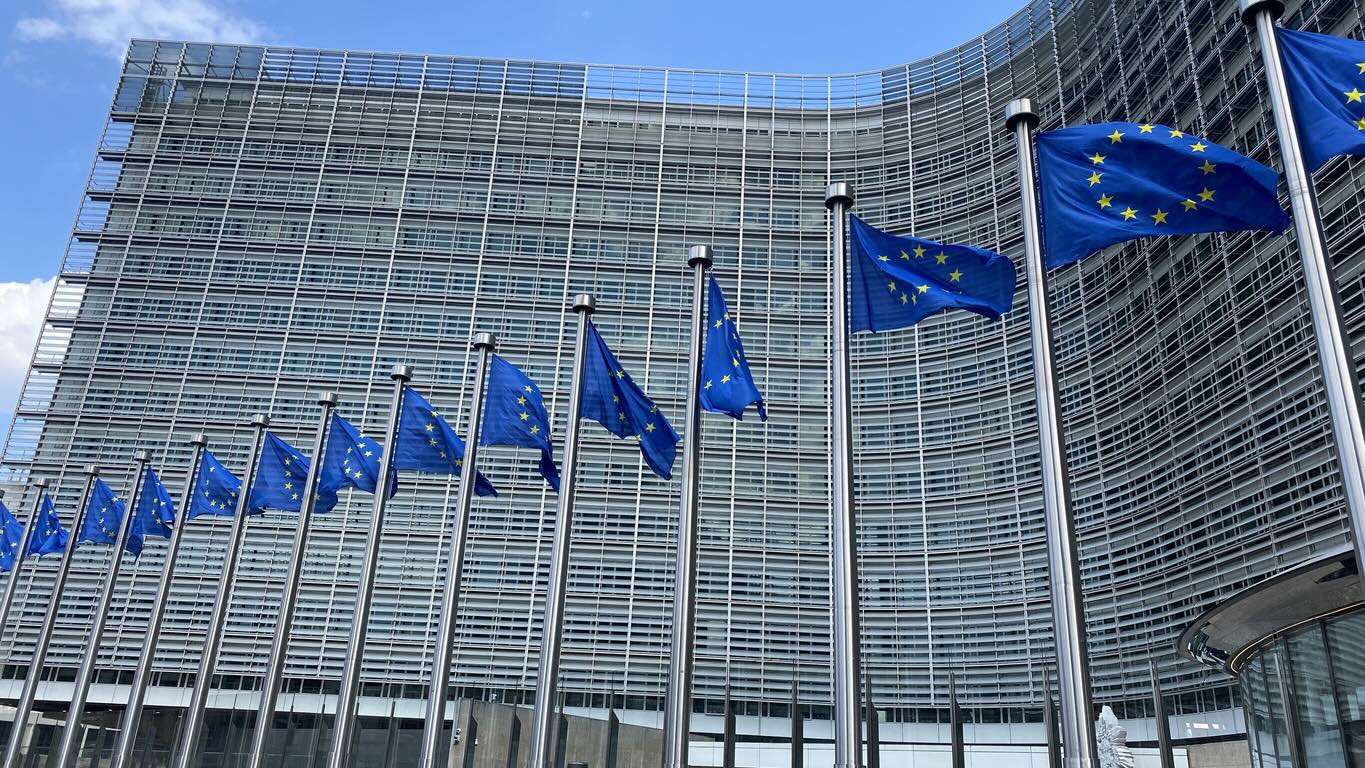EBA Shifts Its Focus from Rulemaking to Results in Push for Supervisory Consistency Across the EU
Key Takeaways
- EBA’s New Focus: From drafting rules to ensuring consistent supervisory outcomes across the EU.
- Core Priorities: Liquidity, funding, and interest rate risks remained central to 2024 oversight.
- Digital Readiness: Supervisors prepared for MiCA through coordinated handbooks and training.
- AML Handover: Work continued to harmonize supervision ahead of AMLA’s launch in 2025.
- Efficiency Drive: The EBA aims to streamline regulatory processes and digitalize the Single Rulebook.
Deep Dive
The European Banking Authority (EBA) has published its 2024 Report on Supervisory Convergence, signaling a quiet but meaningful shift in how the EU oversees its banking sector. After more than a decade of building the Single Rulebook, the focus is no longer on writing rules, it’s on making sure they work.
The report underscores a growing emphasis on supervisory outcomes, with the EBA working to align how national authorities interpret and apply EU standards across prudential, digital, and consumer protection areas.
In 2024, the EBA’s European Supervisory Examination Program (ESEP) honed in on liquidity and funding risk, interest rate risk, and recovery planning, the fundamentals of financial resilience. While overall risk levels remained stable, the EBA pointed to recurring issues such as weak data quality, patchy modeling assumptions, and inconsistent stress testing.
Those gaps, the Authority warned, could undermine the very consistency it’s trying to build. As part of its 2025 agenda, it plans to keep a close eye on online deposit platforms and compliance with Supervisory Outlier Tests (SOTs).
On the crisis management side, there was progress in operationalizing the EU’s bail-in framework, a big tool for winding down failing banks without resorting to taxpayer bailouts. Coordination between cross-border authorities has improved, though the EBA acknowledged lingering challenges in data management and the legal recognition of resolution tools.
Digital Finance and AML Take the Stage
If the last decade was about capital buffers, the next one is about digital oversight. The report dedicates substantial attention to preparations for the Markets in Crypto-Assets Regulation (MiCA), the EU’s flagship crypto law set to reshape how digital assets are supervised.
Throughout 2024, the EBA worked with national authorities to build a common foundation for supervising crypto-asset issuers, from asset reference tokens to e-money tokens. It produced an EU-wide supervisory handbook and led workshops designed to ensure regulators approach this new frontier with a shared playbook, not 27 separate ones.
The report also reflects on the EBA’s continuing efforts to harmonize supervision in anti-money laundering and countering the financing of terrorism (AML/CFT). Cooperation among national authorities has improved, with stronger risk-based approaches and more effective information sharing through AML/CFT colleges.
These efforts are paving the way for the upcoming handover of AML supervision to the new Anti-Money Laundering Authority (AMLA), which will take the reins at the end of 2025. Until then, the EBA remains responsible for keeping Member States aligned, a task it’s treating as both transitional and foundational for AMLA’s success.
Building Skills, Reducing Complexity
One of the more human elements of the EBA’s convergence work comes through in its investment in people. In 2024 alone, over 3,000 supervisors participated in EBA-led training across 23 courses, part of a broader effort to build a truly common supervisory culture.
At the same time, the Authority is looking inward, reviewing its Level 2 and Level 3 regulatory mandates to identify areas where it can simplify or scale back. The goal isn’t deregulation, it’s clarity. Simplifying reporting, digitalizing the Single Rulebook, and integrating prudential and resolution data are all part of that push.
The EBA’s founding regulation requires it to foster convergence across the internal market and ensure the consistent application of EU law. Now, with the Single Rulebook largely complete, the Authority’s attention is turning to how those rules perform in practice.
The 2024 report frames this transition as both pragmatic and overdue. In a system as interconnected as Europe’s, uneven supervision can amplify risk just as much as poor regulation. The EBA’s convergence mission, ensuring the same rules lead to the same outcomes everywhere, may prove as consequential as the rulemaking that came before it.
The GRC Report is your premier destination for the latest in governance, risk, and compliance news. As your reliable source for comprehensive coverage, we ensure you stay informed and ready to navigate the dynamic landscape of GRC. Beyond being a news source, the GRC Report represents a thriving community of professionals who, like you, are dedicated to GRC excellence. Explore our insightful articles and breaking news, and actively participate in the conversation to enhance your GRC journey.
Sponsored by






.svg)

.svg)